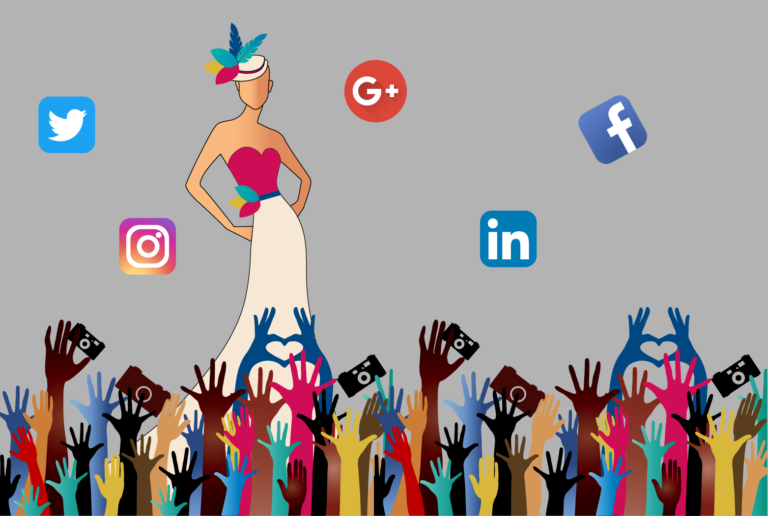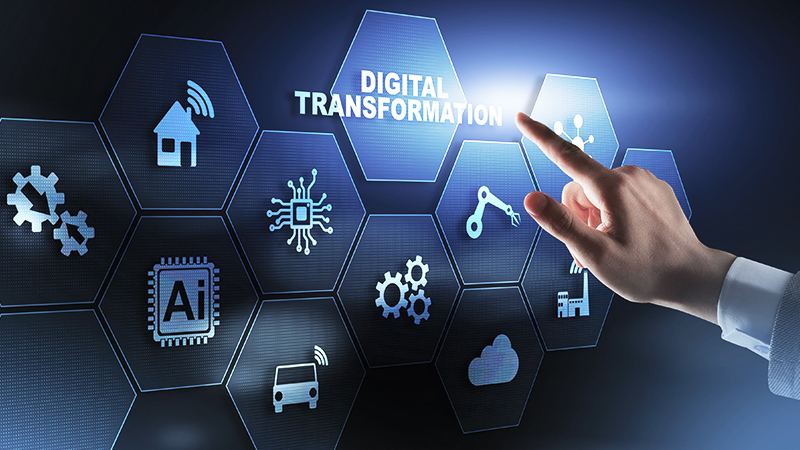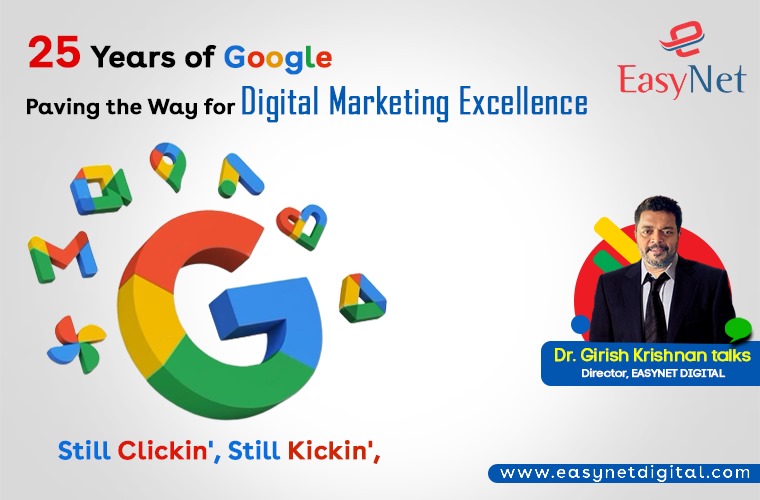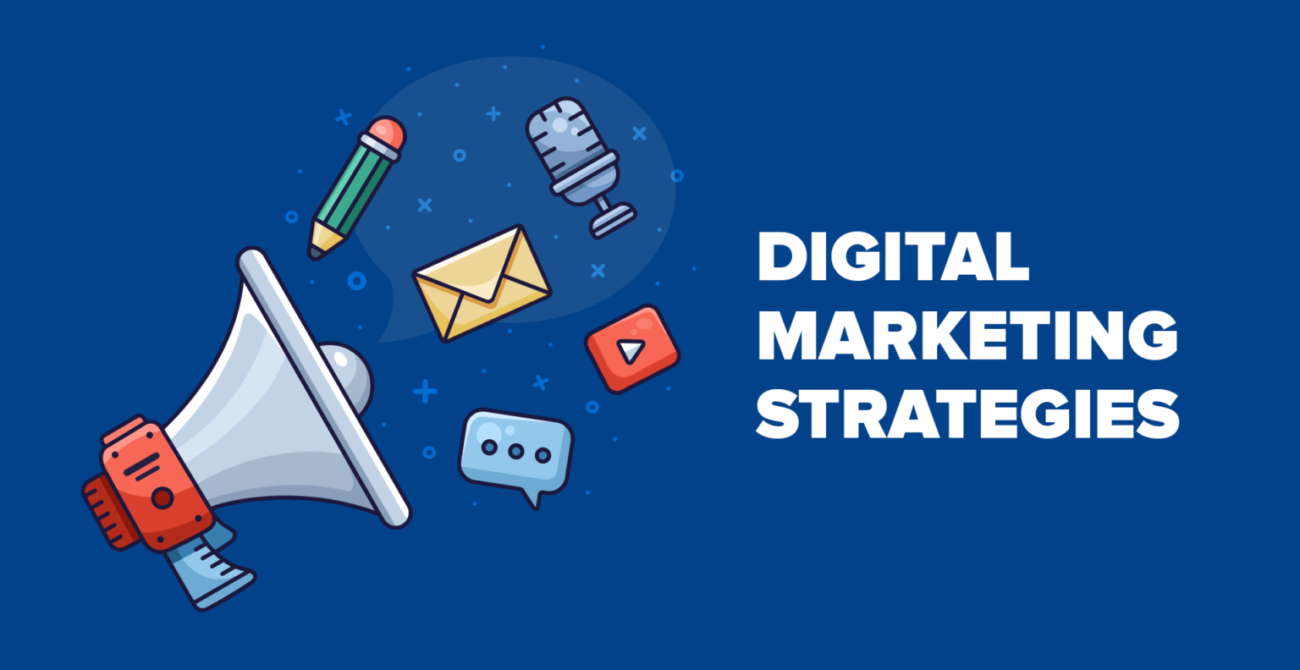Trends in ecommerce are paving the way.
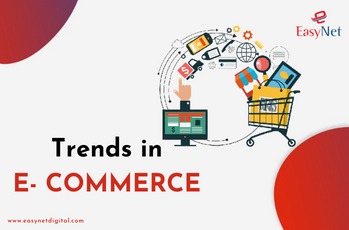
Influencer marketing, virtual reality and artificial intelligence are all emerging phenomena. Marketers must carefully select the most appropriate and up-to-date ecommerce marketing trends for their businesses.
Knowing your clients properly is the most important deciding element in any business’s growth.
Many online merchants will opt for an Omni channel sales approach in 2022. The number of online marketplaces is growing, and merchants are attempting to reach their target audience through as many channels as possible.
So, let’s take a look at the most important ecommerce trends and see where they’re going.
And in the other corner, we have Threads, the underdog with a secret weapon! Threads allow users to connect a series of tweets into a longer narrative, unleashing a flurry of interconnected punches that keep readers hooked. It’s like the combo move of social media storytelling!

1.The reality of online buying is enhanced with Augmented Reality (AR).
For ecommerce, augmented reality (AR) has been a game changer. This type of technology allows shoppers to see the thing they’re looking for up close, which aids in their purchasing decision. In certain areas, such as fashion and home decor, AR has a significant impact on the purchasing experience since it allows customers to get a better feel for an item without having to see it in person. We expect a lot more companies to use augmented reality for their products and enterprises, to the point where it will become more common in ecommerce and social media platforms. We’re seeing it in use with larger organisations now, but I believe it will soon become commonplace for enterprises of all kinds.
2.There will be an increase in the number of people using voice search.
Not only are there more smart speakers on the market, but consumers are now relying on voice assistants to do daily activities. According to Loop Ventures, by 2025, 75% of US households will own a smart speaker. As more smart speakers are installed in homes, more people will use voice search to shop online, order food, and arrange their lives. In terms of keywords and content, the rise of voice search presents an opportunity for ecommerce businesses. “More engagement of voice-enabled solutions in the commerce arena with Amazon Alexa and Google Home,” according to David Zimmerman, Director of eCommerce Solutions at Kensium, is high on his list of 2020 trends to watch.
3.AI assists retailers in learning more about their customers.
Customers can have automated, individualised purchasing experiences thanks to artificial intelligence (AI) and machine learning. AI collects data on how customers shop, when they make purchases, and what they’re seeking for in a product or service on a regular basis. It’s a piece of technology that can’t be recreated in a physical location. The intricacy of AI, as well as the potential to make it more human, is becoming increasingly significant, according to Ron Smith, Editor in Chief of The Digital Outdoor: “People want to know that businesses care about them, and AI will be designed to provide that message.” On social media, we’ve seen the opposite trend, where AIs learn from humans’ more negative comments, but it’s quite likely that consumers will do the same and will be drawn to the impact. Companies can soon teach bots to give comfort and products based on clients’ moods if they can learn how to build phrases to communicate emotion.”
4.On-site personalization makes use of the data to generate unique experiences.
Online shoppers of all kinds — both B2C and B2B — want individualised, unique shopping experiences.
A buyer can receive individualised product suggestions and detailed customer assistance thanks to the data acquired by AI.
Personalized experiences on-site or in marketing efforts have been demonstrated to increase sales, with one study revealing that shops with advanced personalization capabilities saw a 25% increase in revenue.
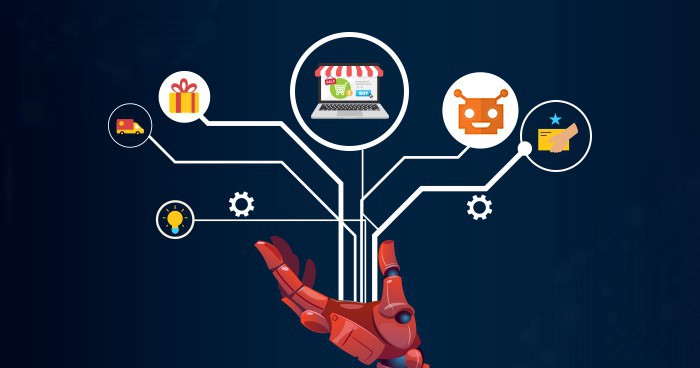
5.Big data aids in the development of customised experiences.
Many consumers are now aware that ecommerce sites collect personal information about them, putting them at risk. As a result, experts are divided on the advantages of big data and how it influences the individualised shopping experience. “Personalization will eventually make its way to the internet of things as the digital companies continue to expand and bring more services in-house.” We’ll see suggestions not only on search engines and retail platforms, but also on our thermostats and doorbell cameras. We will, however, be allowed to opt out of some of the legislation once it is adopted. People who have ultra-personalized experiences and those who do not will form an interesting dichotomy. This will have an intriguing influence on our ability to reach new users as advertisers.”
6.Chabot’s make purchasing more enjoyable.
Twitter’s timeline is like a fast-moving river, with new tweets flowing in and old ones getting swept away. Sometimes, valuable content can get buried under the latest updates, requiring users to retweet for better visibility.
Threads, on the other hand, keep content connected and organized. By linking tweets together, creators maintain content cohesion, making it easier for readers to follow the flow of the narrative.
7.Customers return because of subscriptions.
Subscriptions come in all shapes and sizes these days, and their ease is appealing to consumers. Subscription services allow businesses to plan ahead for inventory and sales that have already been committed.In the coming year, according to David Zimmerman, Director of ecommerce Solutions at Kensium, “more enterprises will offer subscription services or monthly payment choices for larger purchases.”
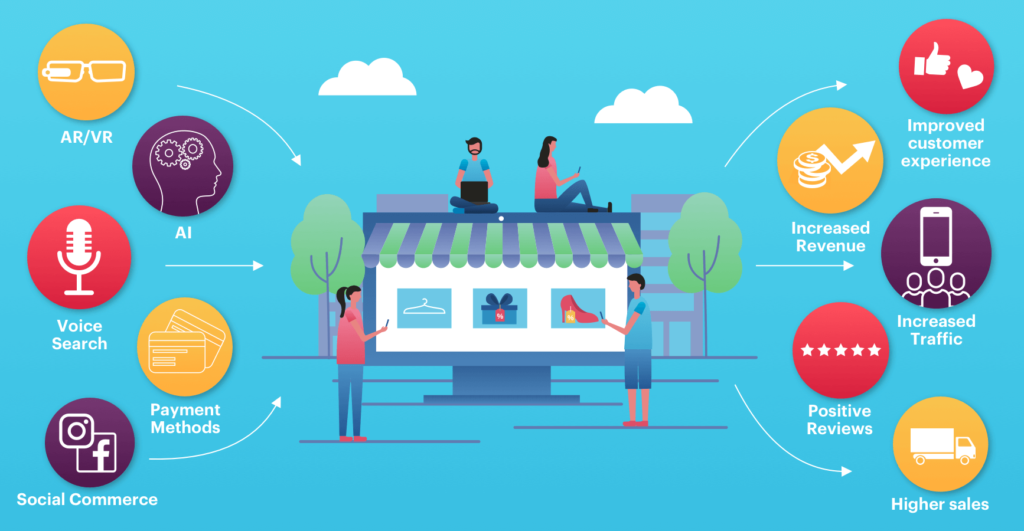
8.The importance of sustainability is increasing.
- Consumers and businesses alike are becoming more environmentally conscious. As a result, customers are becoming more sensitive of where they purchase, as well as the impact it has on the environment and its consequences.
- According to one survey, 50% of respondents wanted more sustainability in the fashion business, while 75% wanted less packaging.
- Many companies are looking for ways to be more environmentally conscious, such as going paperless whenever possible, using biodegradable packaging, and employing recyclable materials.
9.Business-to-business (B2B) is evolving.
- If you were concerned that B2B would go out of vogue, you needn’t be. According to Statist, global retail ecommerce sales for B2B are predicted to exceed $1.1 trillion in 2021
- According to Forrester, nearly half of all adults will be Millennials by 2020, implying an increase in Millennial B2B purchasers. Both of these groups desire to be able to investigate their needs and relevant products without having to speak with a salesperson.
- These requirements are being addressed by B2B ecommerce companies. Silk Software’s marketing manager, Connie Wong, discusses the transition:
- “The days of placing orders solely through fax order forms or phone calls are dwindling. More and more companies are realising the benefits of providing online customer service. Teams are shifting away from spending the majority of their time processing order entries from email spread sheets or physical copy forms by automating these operations through their ecommerce site. Instead, they’re focusing on what’s most important: interacting with customers, offering an outstanding customer experience, and building long-term client connections.”
10.This Is a Trend That Makes Sense for all Company
- Not every trend is worth following, but which ones do you think are worth your time and effort? While some will provide significant value, others may be out of touch with your target audience or be too expensive to deploy for your company to achieve a decent ROI.
- Knowing your own consumers, vertical, and competitors inside and out will help you figure out which trends are a suitable fit for you. There are a number of things you can take to assess industry trends and make the best decision for your B2B.
- Keep track of influential people and publications in your sector.
- Read up on the most recent industry research and trend reports.
- Use digital technologies and analytics to analyse the behaviour of your customers.
- Ask your customers for comments.
- Keep an eye on your rivals.
11.Final Thoughts
- To summarise, the world of ecommerce is always changing to meet the needs of its clients. All of these new trends have one thing in common: they all aim to make a customer’s purchasing experience more convenient, frictionless, and joyful. These trends will soon become ingrained in our daily lives; start optimising your business now before it becomes obsolete.
- Many innovative technologies in the e-commerce sector are still to come in the future. E-commerce enterprises will use handheld or mobile platforms, and service subscriptions will become more important in the digital economy. The marketing and showcasing of products will take a quantum leap forward.
- By integrating, you can ensure that your e-commerce website is future-proof.
So, there are a lot of new developments in ecommerce. Technology and people are continually changing, and because ecommerce connects them all, we’ll always be looking to the future. One thing is certain: it’s never too late to dive right in, learn something new, and see if it’s a good fit for your company. Consumers are in charge for the time being, and ecommerce enterprises will tailor the trip ahead for them.
DR. Girish Krishnan
Director & Strategy Consultant.
Recent Posts
READY TO GROW YOUR BUSINESS?
Contact us to develop STRATEGIES FOR SUCCESS for your business growth.

